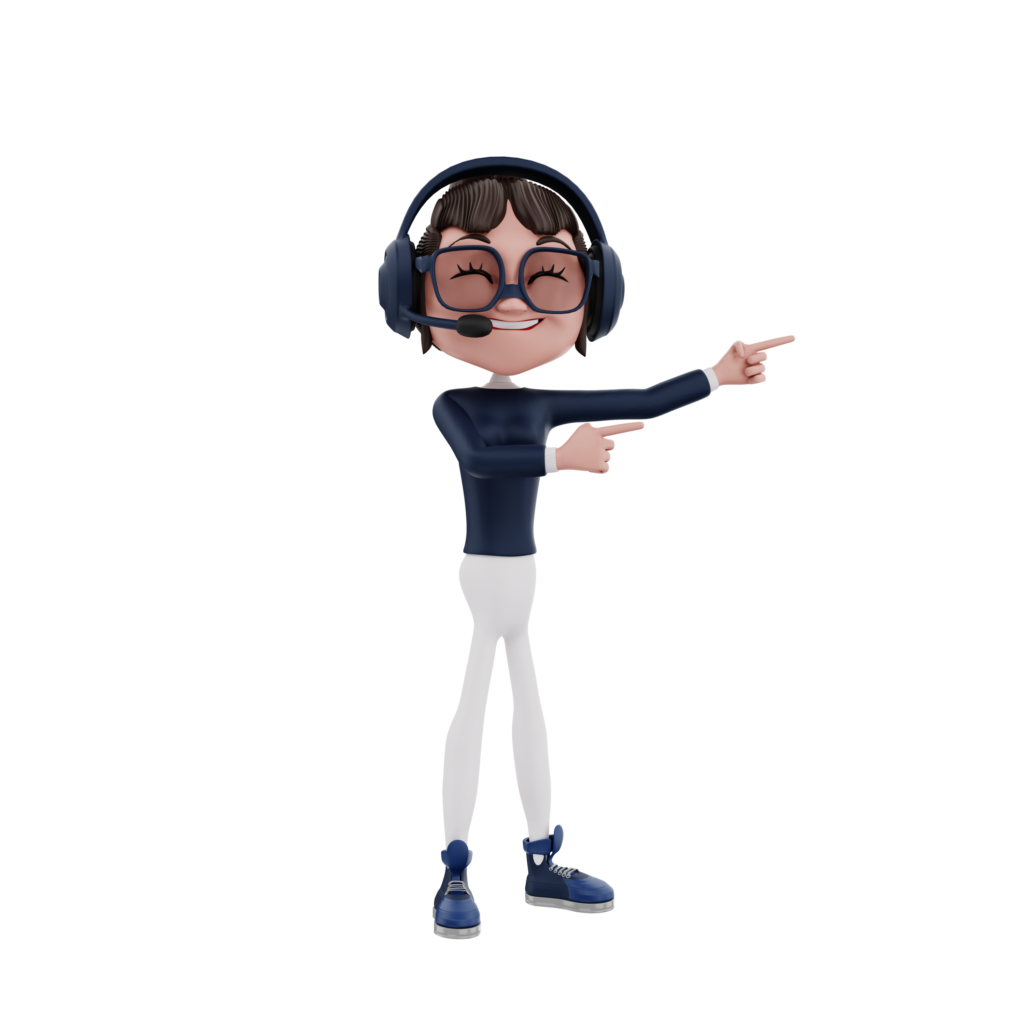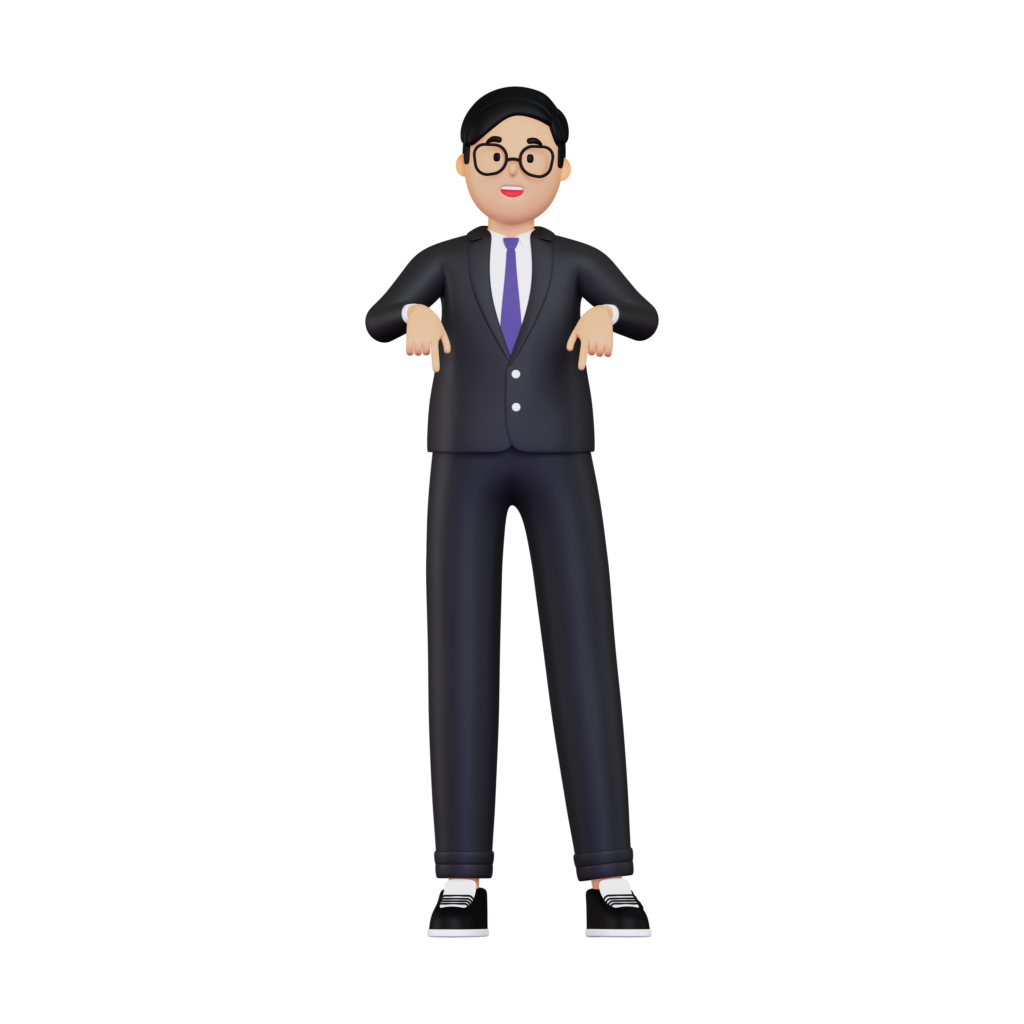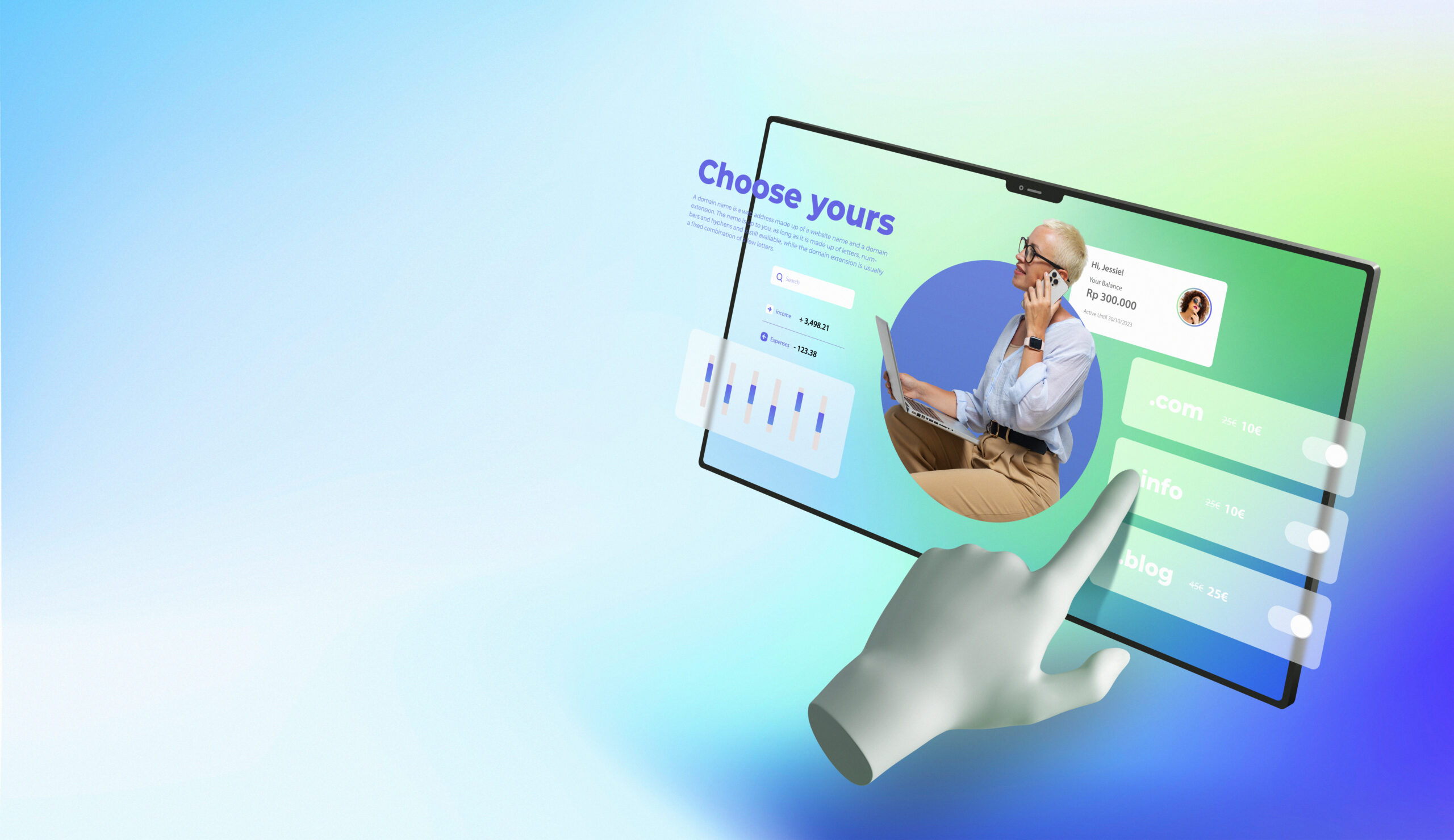We stand on the brink of a new tech revolution. Artificial Intelligence (AI) is now front and center, reshaping how we live and work. Every industry feels its touch. Workplaces are changing fast, and AI is at the heart of this shift. But what does this mean for our jobs? Will AI transform our workdays for the better, or does it threaten the security of our jobs?
This blog post digs into these burning questions. We’ll weigh the good against the bad of bringing AI into our everyday work. So, let’s dive in and unpack the impact of AI on our professional lives!
Revolutionize your online presence with all the services that Webtec has for you. Let’s get started!
A Brief History of AI at Work
Over the years, Artificial Intelligence has become an integral part of our lives. From Siri to Alexa, we have all become accustomed to interacting with AI without even realizing it. However, the use of AI in the workforce is not a new concept. It is only with time that we have seen AI evolve and improve to become what it is today. In the 1950s, researchers began exploring the use of machines to perform routine tasks.
This led to the development of ‘expert systems’ in the 1970s, which were used to support decision-making. Fast forward to today, and we have AI that can perform complex tasks such as predictive analytics, speech recognition, and natural language processing. As technology continues to advance, we can only expect AI to become more integrated into our work lives.
The Advantages and Disadvantages of AI in the Workplace
The excitement about AI is everywhere. People are talking about how it could change our work lives. Will AI boost our productivity, or will it harm us over time? We need to look closely at the good and bad sides of AI at work. Sure, AI can cut down on mistakes and handle boring tasks. Yet, it might also take away jobs and replace people with machines.
Employers will have to work hard to find the right balance. AI comes with both upsides and downsides. However, it also gives us a chance to rethink what work means. We can discover fresh paths to getting things done. AI could be a tool that, if used wisely, enhances how we work, rather than a threat that we fear.
Interested in another read? Check out our latest post for more insights: A Guide to Using AI in Your UX Research Process.
What Does It Mean for Jobs
With the increasing use of artificial intelligence (AI), it’s important to analyze how this technology can impact current and future job prospects. While some may fear that AI will replace human workers, others see it as a means to enhance and augment existing jobs. The truth lies somewhere in between. Certain industries may see significant job loss due to automation, while others may experience growth as AI technology becomes integrated into their operations.
It’s important for individuals to stay informed about the potential impacts on their industry and to acquire the skills that will make them valuable and relevant in the workplace. As AI continues to develop and change the job market, adaptability and continuous learning will be key to staying competitive in the workforce.
How Companies Can Prepare for an AI-Infused Workplace
As automation and other AI technologies continue to reshape the way we work, companies need to adapt to stay ahead of the curve. By proactively preparing for an AI-infused workplace, businesses can streamline their operations, boost efficiency, and stay competitive in today’s rapidly evolving market.
They are essential strategies to ensure a successful transition to more automation including investing in training and education programs to prepare employees for new roles and responsibilities, implementing AI technologies gradually to avoid sudden disruptions, and cultivating a strong culture of innovation and experimentation. Ultimately, the key to success is to approach the transition to automation with thoughtfulness, creativity, and a clear vision for the future of work.
The Future of Human Workers
As technology continues to advance at an unprecedented pace, many are left wondering about the future of human workers. While some jobs may be at risk of being replaced by robots, others are expected to stick around for the long haul. For example, jobs that require creativity, critical thinking, and emotional intelligence may be less at risk of automation. On the other hand, routine jobs that involve repetitive tasks, such as data entry or assembly line work, may become fully automated soon.
As we try to predict the future of work, we must also consider how we can prepare ourselves for these changes and adapt our skills accordingly. The future may certainly look different than what we know now, but with proper planning and education, we can navigate these changes and thrive in the new world of work.
What Employees Can Do to Stay Relevant
In today’s ever-changing workforce, employees need to stay ahead of the curve to remain relevant. With technological advancements and shifting priorities, it can be challenging to know how to prepare for the future. However, there are several steps that employees can take to ensure they stay on top of industry developments.
Continuous learning and professional development are critical to staying relevant, as well as networking and building relationships within the industry. Employees should also make an effort to understand their company’s goals and be open to embracing new technologies and methods. By taking these steps, employees can stay ahead of the curve and thrive in a rapidly changing workplace.
Conclusion
To summarize, Artificial Intelligence has many advantages and drawbacks when it comes to the workplace. While it promises to reduce costs, eliminate human error, and increase efficiency, it can lead to the displacement of human jobs if not managed properly. It’s important to understand both sides when considering the impact of AI on the workplace and its potential effects on employees’ livelihoods.
In the end, it’s up to employers and governments alike to ensure that any introductions of AI into the marketplace are done in a responsible way that considers both societal and financial factors. After all we humans do have unique skill sets still very much needed in today’s workplace! So let’s rely on our ingenuity more than ever; because with our collective intelligence, even AI may be outdone!


